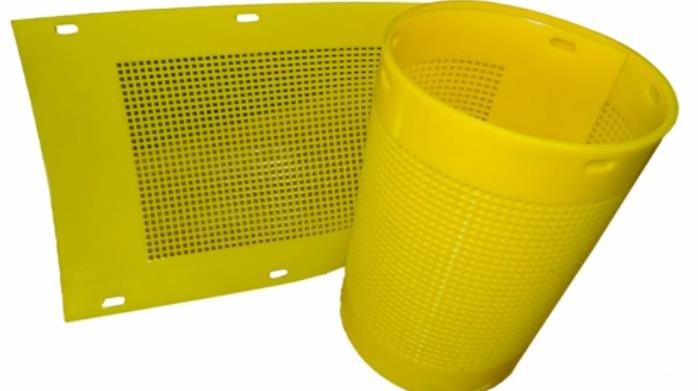How to Choose the Right Flip Flow Screen Mat for Your Screening Needs
Flip Flow Screen Mats are essential for industries like mining, recycling, and construction, where difficult-to-screen materials require effective processing
Flip Flow Screen Mats are essential for industries like mining, recycling, and construction, where difficult-to-screen materials require effective processing. However, selecting the right Flip Flow Screen Mat involves considering a few key factors to ensure you achieve maximum efficiency and longevity. Here’s how to make the best choice:

1. Material Composition
Choose a Flip Flow Screen Mat made of durable materials like polyurethane (PU) or rubber, which provide excellent flexibility and resistance to wear and abrasion. PU mats are known for their durability in high-impact environments, while rubber mats are more suited for applications requiring elasticity and shock absorption.
2. Size and Compatibility
Make sure to select a screen mat that fits your existing equipment or can be easily adjusted to your screening system’s requirements. Accurate sizing is crucial to prevent gaps or overlaps, which can impact screening efficiency and increase wear.
3. Aperture Size and Shape
The aperture size and shape are critical for achieving precise particle separation. Smaller apertures work best for fine particles, while larger apertures allow for better material flow with coarser materials. Ensure that the screen mat’s design aligns with the material size and type being processed to improve throughput and minimize clogging.
4. Flexibility and Screening Efficiency
Look for a screen mat with optimal flexibility to prevent blinding and clogging, especially when dealing with wet or sticky materials. The flexibility of the mat enables it to move in sync with the vibrating screen deck, enhancing material separation and boosting screening efficiency.
5. Maintenance and Durability
Consider the durability and ease of maintenance of the screen mat. High-quality materials like polyurethane not only extend the mat's life but also reduce maintenance frequency, lowering operational costs and downtime.
In conclusion, choosing the right Flip Flow Screen Mat involves balancing material composition, size compatibility, aperture specifications, flexibility, and durability. By selecting a mat suited to your unique screening needs, you’ll improve efficiency, reduce downtime, and achieve cost savings in the long run.



